
The WHO has to close a billion-dollar gap. Can private funding help?

The World Health Organization must find some $1.7 billion to finance its 2026 budget. Private funding is one solution but it comes with caveats.
Facing an unprecedented financial squeeze, primarily due to American President Donald Trump’s inaugural day decision to exit the organisation, the WHO has implemented a series of cost-cutting measures, including reductions in senior-level staff, shrinking the global body’s footprint, and recruitment freezes, to relieve some of the pressure.
As for the most recent cuts, the number of Assistant Directors-General posts have been reduced from 12 to 6, and the number of departmental directors at headquarters in Geneva have been cut from over 70 to 36.
However, budget and staffing cuts alone cannot fill the WHO’s chronic and ever widening funding gap, potentially driving the organisation to increase its reliance on private and corporate donors. These donors have their unique political and commercial interests that may deviate from the WHO’s core objective to help facilitate “the attainment by all peoples of the highest possible level of health” written in its own constitutionExternal link.
According to Judd Walson, chair and professor of the Department of International Health of the Bloomberg School of Public Health at Johns Hopkins University located in the US state of Maryland, the question we need to ask in the context of increased private funding is are we “heading towards a world where we are allowing the health of all to be dictated by the priorities of a few.”
Read more: How President Donald Trump’s decision to withdraw the United States from the WHO puts global health at risk.
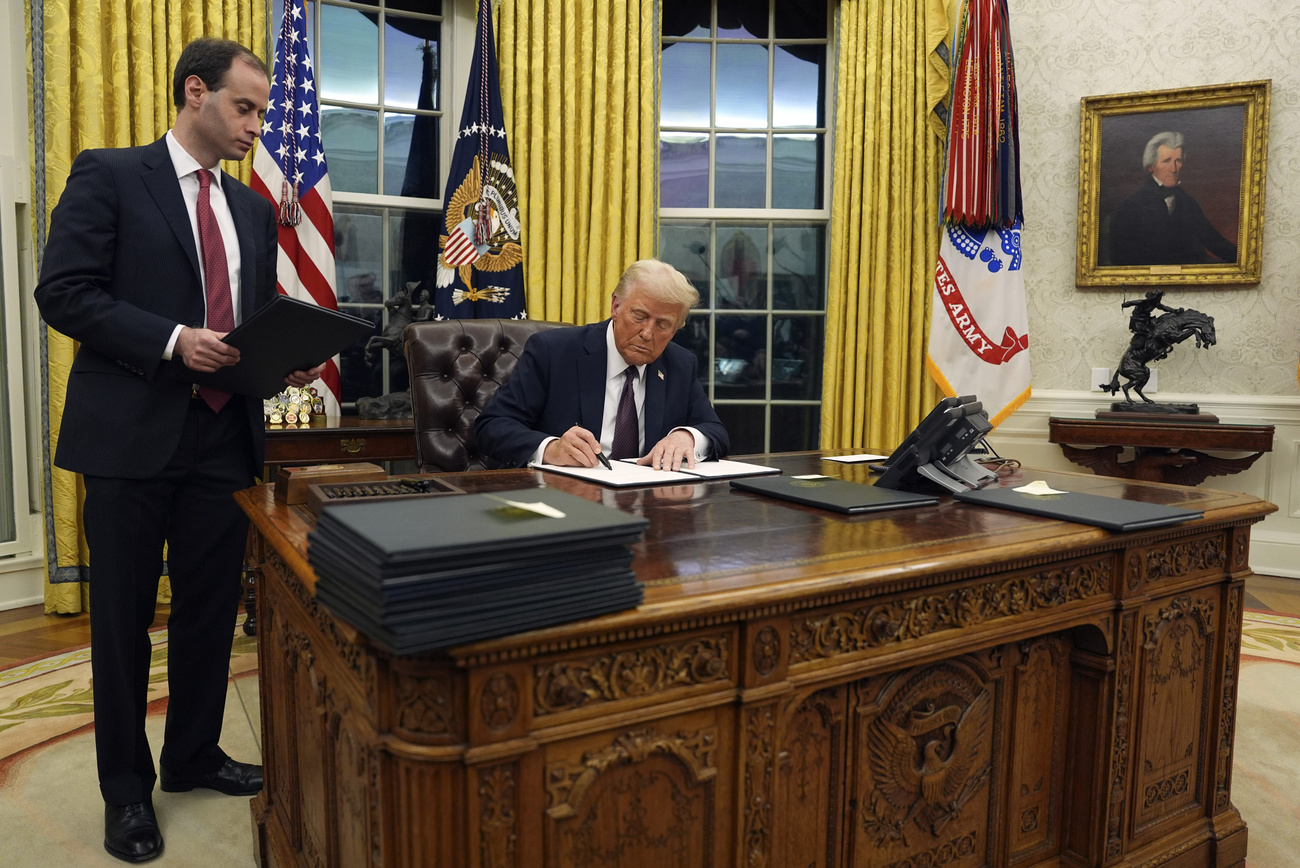
More
US withdrawal from WHO puts global health in jeopardy
Chronically underfunded
Since its founding in 1948, the WHO has repeatedly struggled to meet its budget goals, making it heavily reliant on its largest donor, the US. As previously reported by Swissinfo, for the 2024-2025 period, the US agreed to contribute approximately $988 million (about CHF795 million), representing 14% of WHO’s total funding in both assessed contributions, which are mandatory payments made by UN member states and voluntary contributions that can be earmarked for specific projects.
So, when President Trump signed an executive orderExternal link on January 20 withdrawing from the WHO and pausing US funds it created what Pete Baker, deputy director of the Global Health Program at the Centre for Global Development, an international think tank calls an “acute and chronic crisis” for the WHO that requires “big picture” changes that go beyond just “trimming the budget.”
In an email, WHO spokesperson Tarik Jasarevic told Swissinfo that “since the US announcement in January of its intent to withdraw, limited communications between the WHO and the US counterparts have continued at both the technical and leadership level.” Since January 2025, “WHO has not received any new funding from the US,” he added. The US withdrawal will not take effect until January 2026, and until then, it remains a WHO member.
Still, the US withdrawal is not the only contributing factor to the WHO’s current budget shortfall, says Lawrence Gostin, distinguished professor of Global Health Law at Georgetown University and director of the WHO Collaborating Centre on Global Health Law. Gostin said the WHO’s budget woes are also tied to the shifting priorities of the remaining UN member states.
“Governments have never been willing to fully fund the WHO. This is a sad reflection on the world’s priorities,” says Gostin. “There is also a political imperative to fund defence, especially given the war in Ukraine.”
The World Health Assembly, comprised of all 194 UN member states, is the WHO’s decision-making body. It meets once a year in Geneva, Switzerland, to determine the organisation’s policies and approve the budget. At this year’s World Health Assembly in Geneva in May, member states agreed to increase their assessed contributionsExternal link by 20% for 2026-2027. The Assembly also approved a reduced budgetExternal link of $4.2 billion for the same period, a 21% reduction from the original proposed budget of $5.3 billion.

In his opening remarksExternal link to the Assembly on May 19, WHO’s Director General Tedros Adhanom Ghebreyesus estimated the anticipated budget gap for 2026-2027 to be $1.7 billion. That number has likely been adjusted, since that announcement was made as funding continues to trickle in.
The Gates Foundation precedent
After the US, the Gates Foundation, a private philanthropic organisation founded by the billionaire tech mogul Bill Gates and his former partner, Melinda French Gates, is the WHO’s second-largest donor, representing 13% of the organisation’s funding. But even as one of the world’s largest charitable organisations in global health, the Gates Foundation’s contributions to the WHO have not come without criticism.
“There is something wrong with a very rich person or foundation having too much influence over the world’s global health agency,” says Gostin of Georgetown University. “Bill Gates and other private donors have their own pet projects that do not always align well with global health priorities,” he added.
According to one media sourceExternal link, while the polio eradication project, heavily funded by the Gates Foundation, has had a positive impact, this particular focus has diverted funding away from the WHO’s universal health coverage initiatives.
Until national governments are willing and able to make up for the WHO’s deficits, Gostin believes it is “wrong to criticise WHO for taking private funds so long as it is transparent and there are no conflicts of interest.”

The WHO has published guidelinesExternal link on how the organisation should navigate partnerships with non-state actors, including in the private sector. These include not compromising the WHO’s integrity, independence, credibility and reputation, applying the scientific and evidence-based approach that underpins WHO’s work, and protecting the WHO from any undue influence.
The way forward
In May, alongside the World Health Assembly in Geneva, the WHO hosted a pledging eventExternal link that raised at least $250 million in funds that will support the WHO’s base budget from 2025 to 2028. The pledges from this recent investment round include $57 million from the Novo Nordisk Foundation, based in Denmark. No additional details were provided on how the WHO will use the funding.
“The engagement of private actors in the overall health and well-being of the world’s population is not an inherently bad thing, and in fact, may have significant positive benefits,” says Walson of Johns Hopkins University. Previously, Walson worked for the WHO as a medical officer and has continued to work with the organisation through a technical advisory group and research projects.
In a roughly three-minute video,External link available on its website, the Novo Nordisk Foundation is described as a “Danish foundation with corporate interests that support scientific, social and humanitarian causes.” Through its holding company – called Novo Holdings – the Foundation owns Novo Nordisk, Denmark’s largest pharmaceutical company, which, among other initiatives, manufactures and sells drugs to treat diabetes, such as Ozempic and Wegovy, which are also used for obesity and weight loss. The Novo Nordisk Foundation then uses profits made by Novo Nordisk to “award grants for scientific, social and humanitarian purposes.” According to media reportsExternal link, in 2024, Ozempic and Wegovy sales made Novo Nordisk a staggering $42 billion making the pharmaceutical giant one of Europe’s most valuable companies.
“There’s this sort of direct commercial potential that can align with the health interests of the World Health Organization,” Walson says. “Traditionally, the WHO has been very careful, I think rightly so, about being influenced or perceived as influenced by private interests but the question is, can that be sustained in this current funding environment?”
Edited by Virginie Mangin/ac
This article was corrected on July 22 to specify that member states agreed to increase their assessed contributions by 20% for 2026-2027. A previous version stated that member states agreed to increase their assessed contributionsExternal link to 20% for 2026-2027. The article also wrongly stated that assessed contributions were capped at 16% in previous years.

In compliance with the JTI standards
More: SWI swissinfo.ch certified by the Journalism Trust Initiative

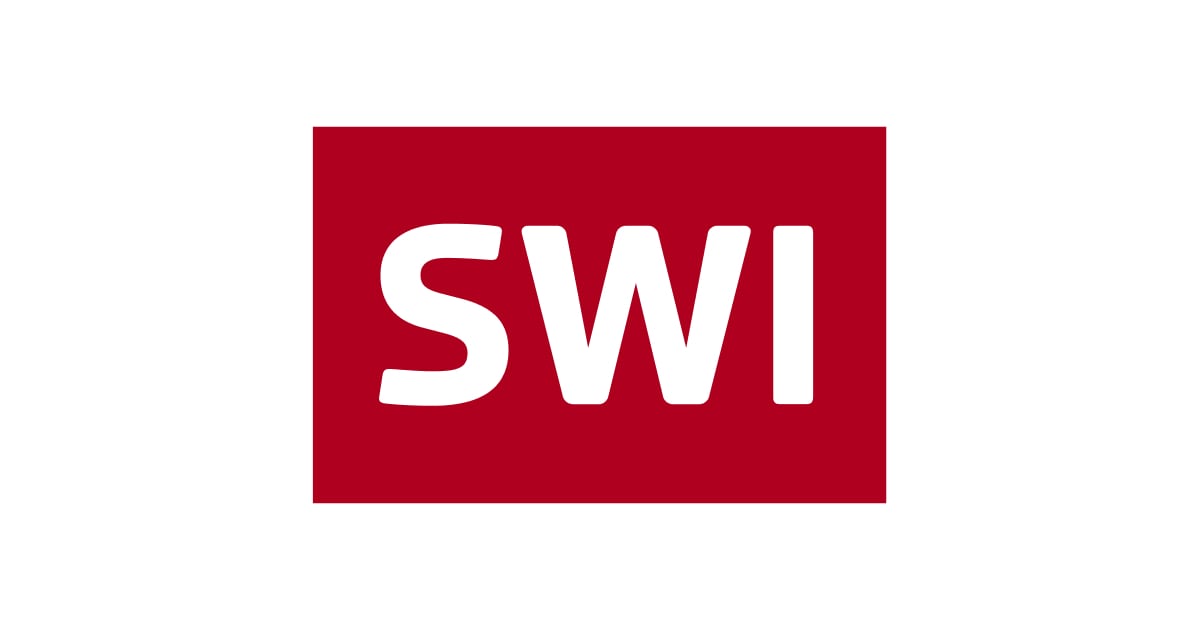

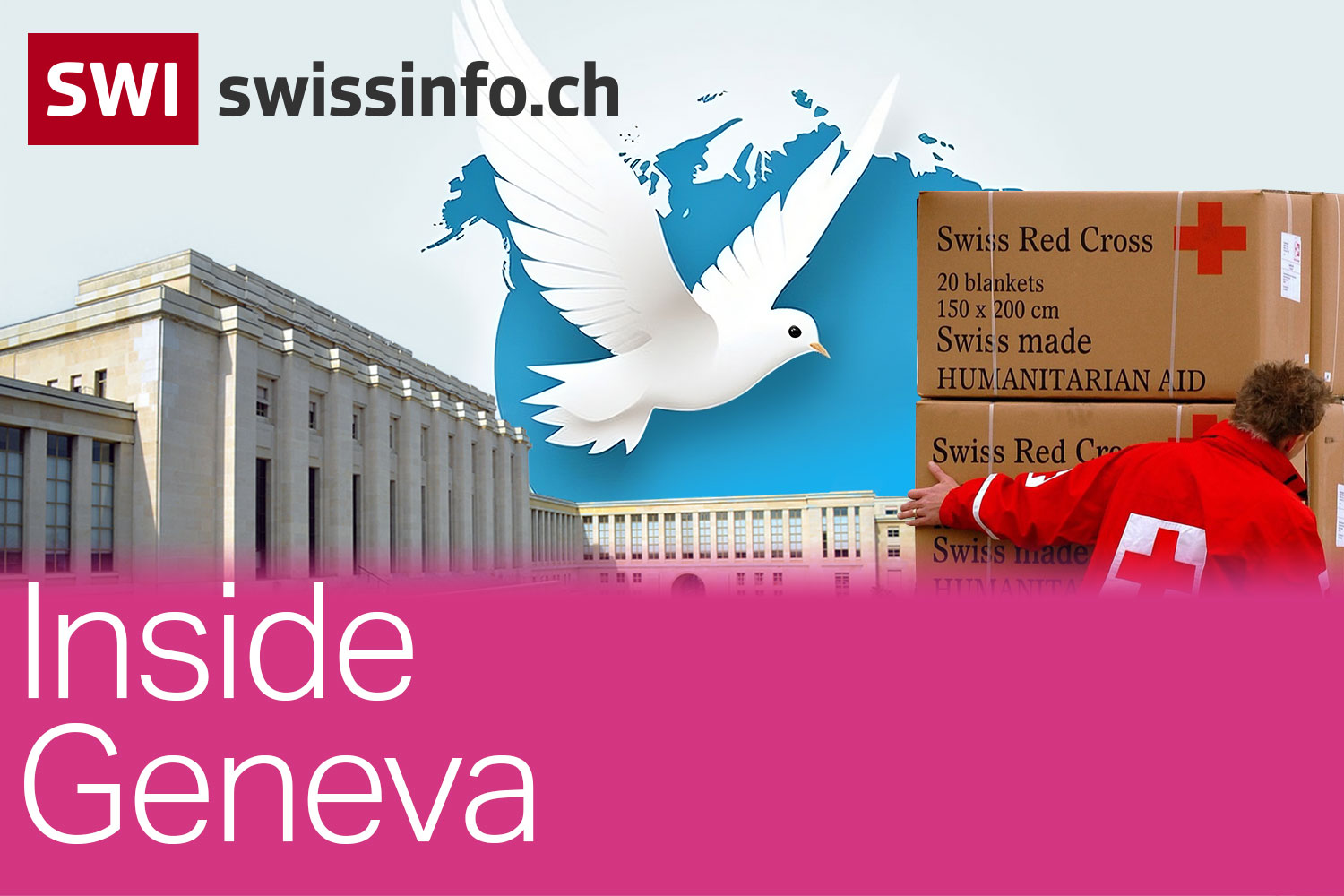



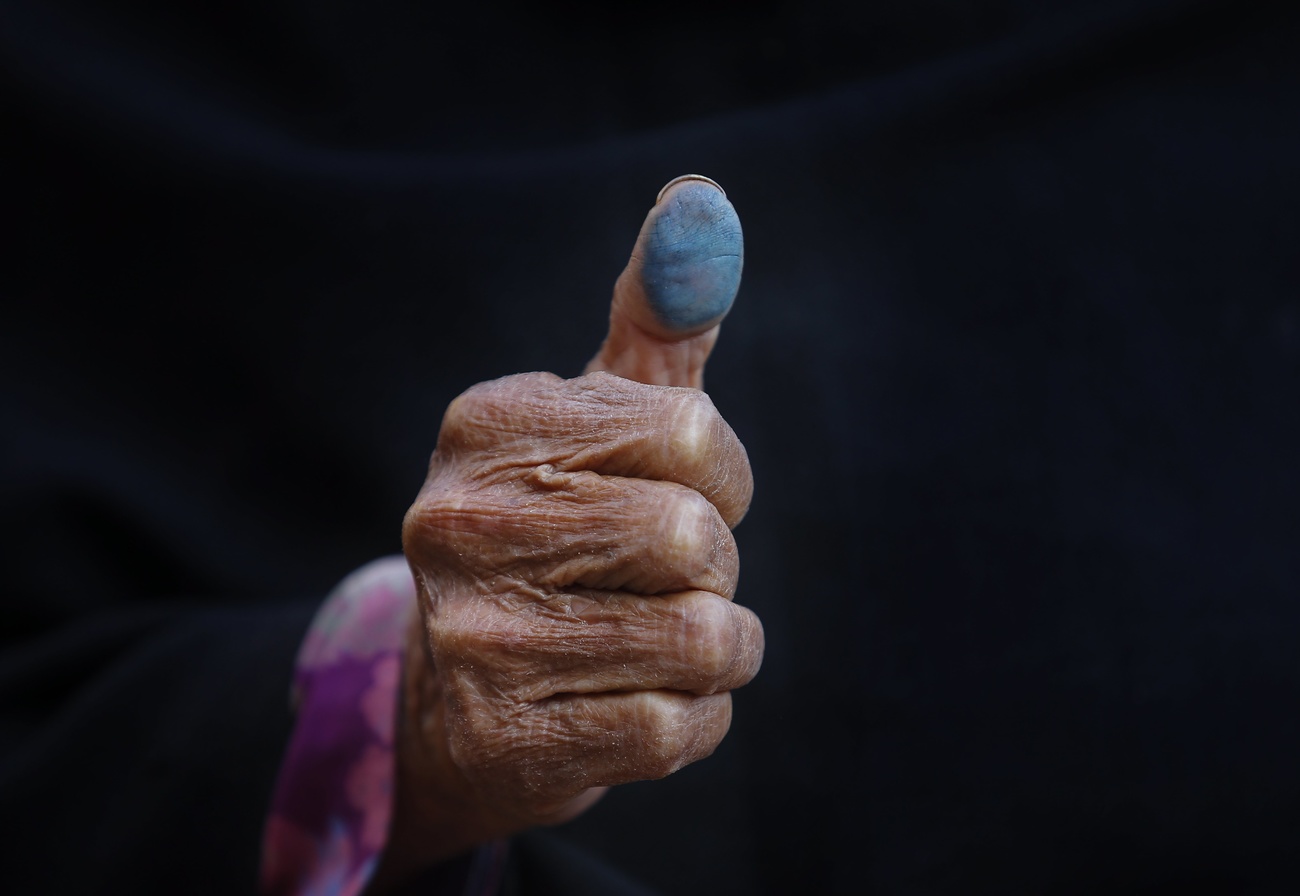






















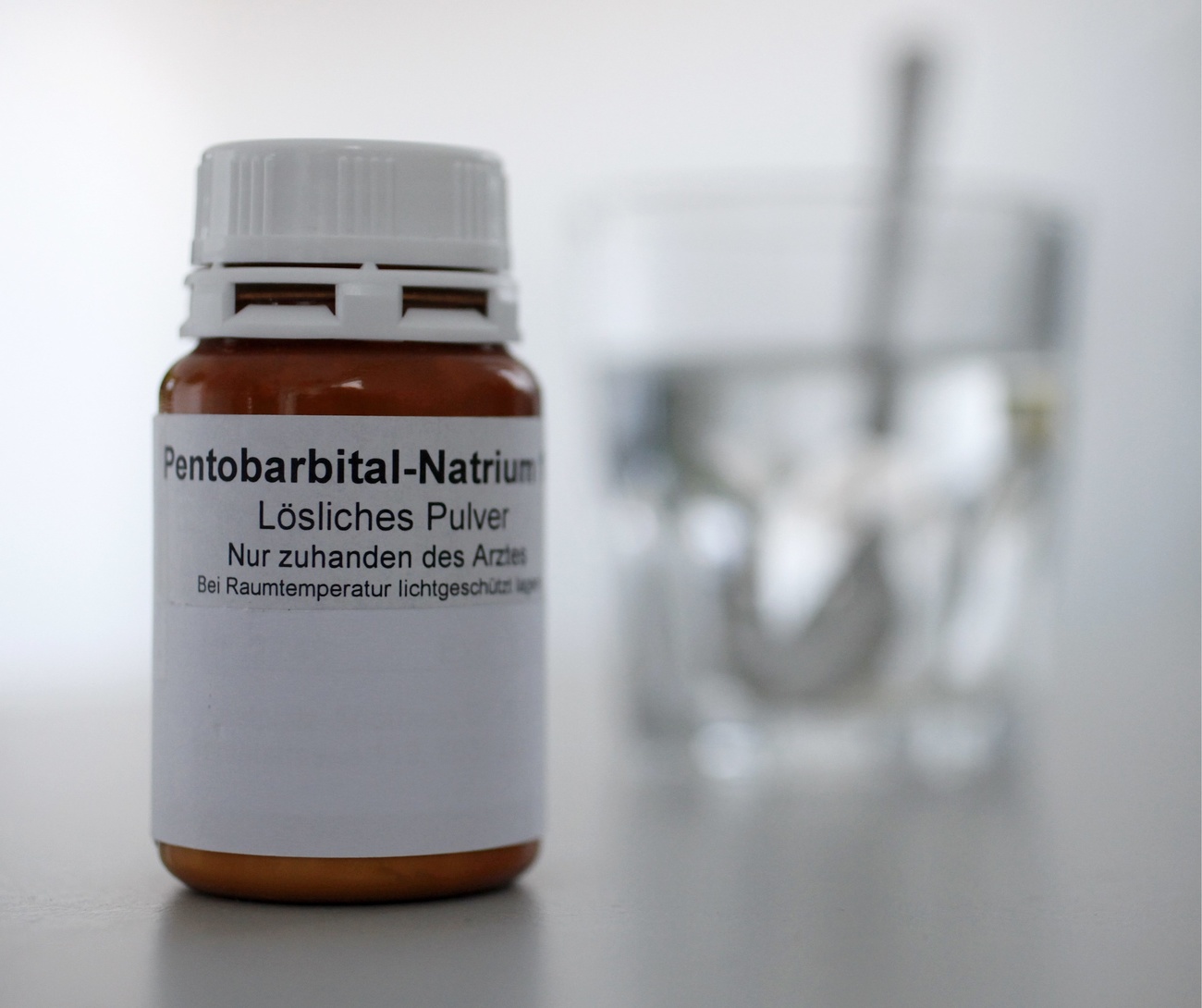


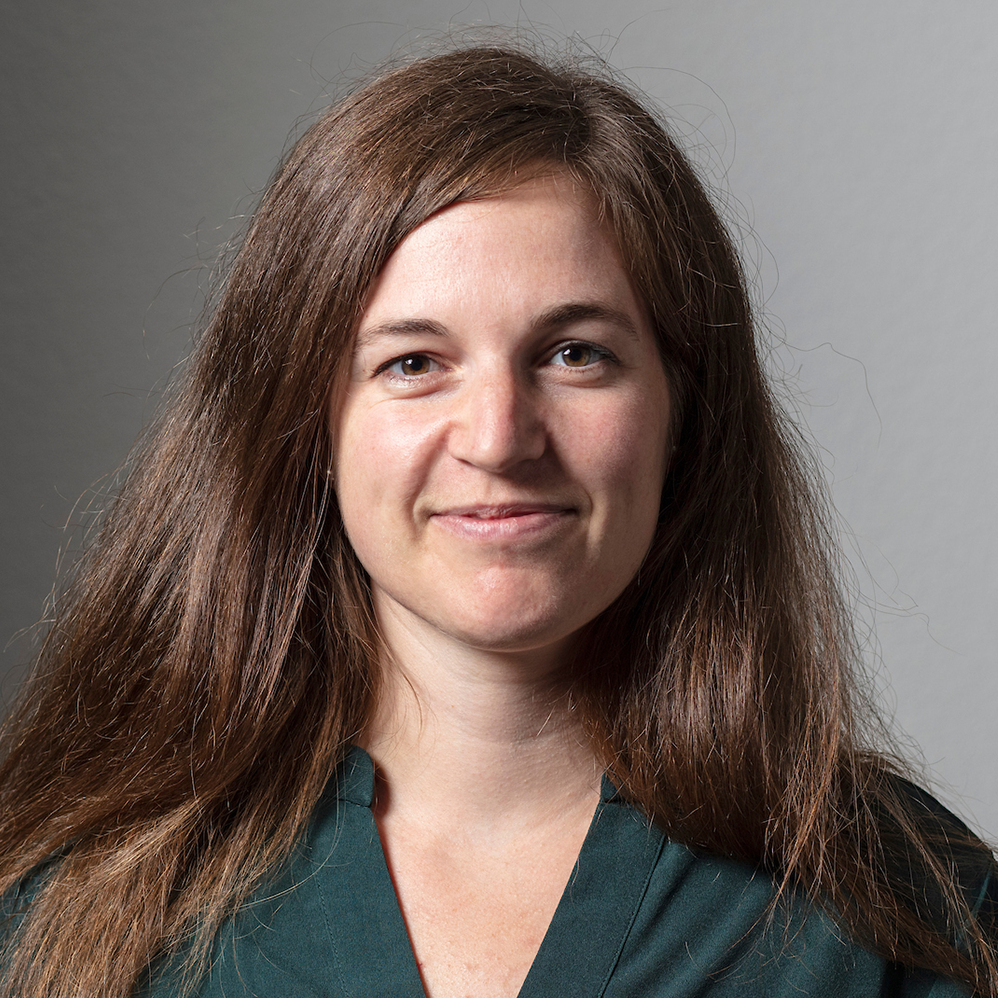


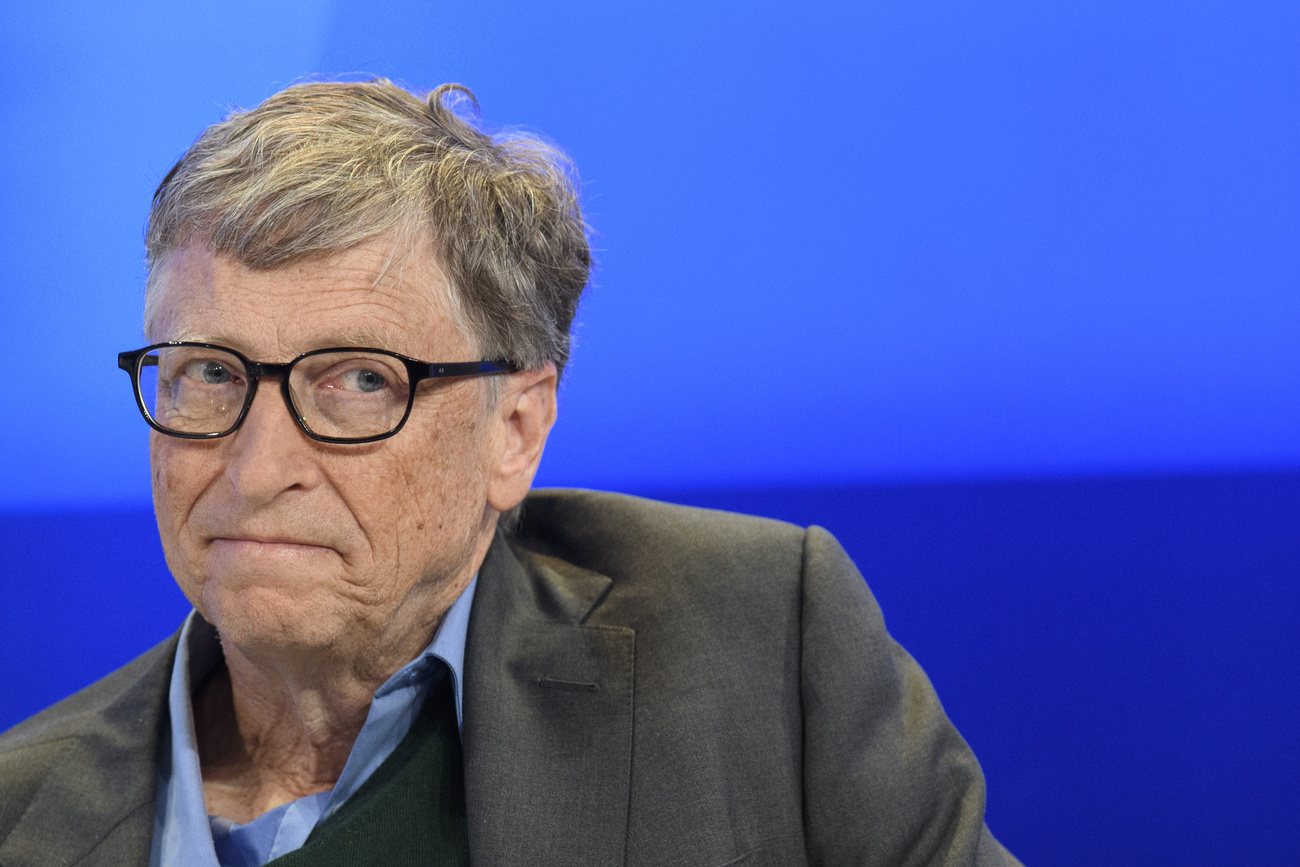

You can find an overview of ongoing debates with our journalists here . Please join us!
If you want to start a conversation about a topic raised in this article or want to report factual errors, email us at english@swissinfo.ch.